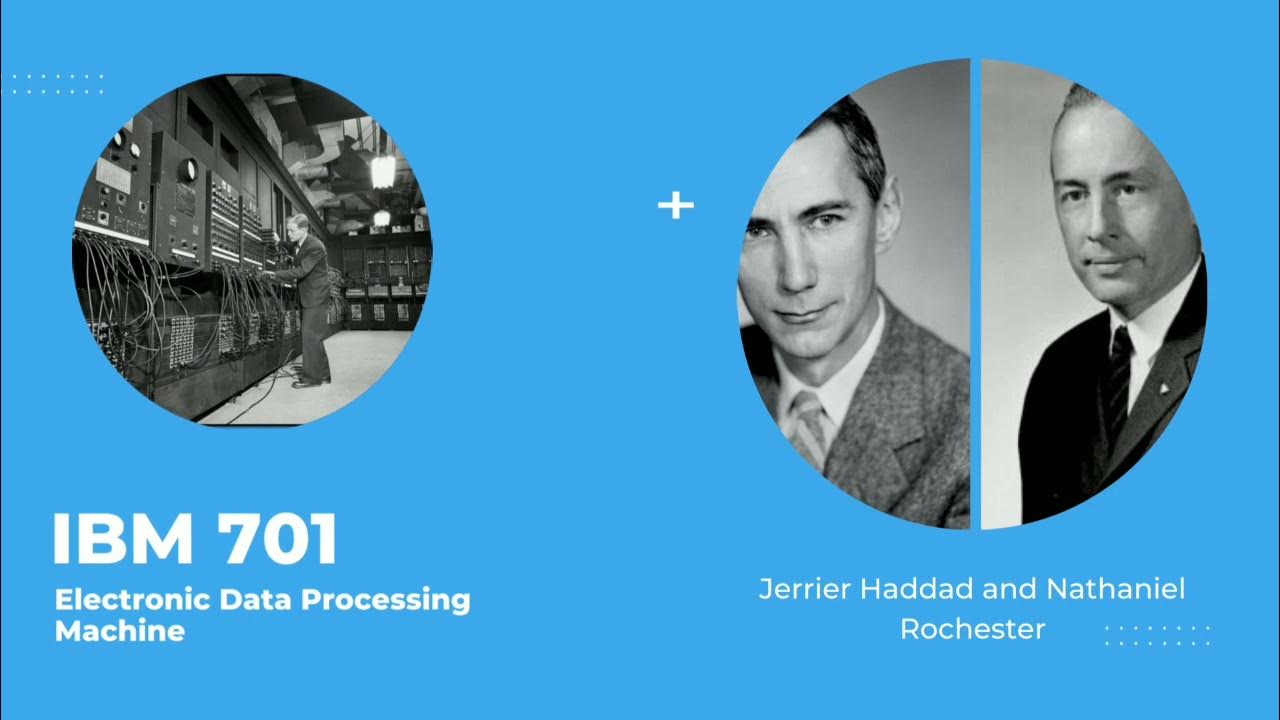Introduction to Operating System and its Functions | Operating System | Lecture 1
Summary
TLDRThis video explores the fundamental functionalities of operating systems, defining them as essential interfaces between users and hardware. It categorizes software into application and system software, emphasizing the OS's role in resource management, including processor, memory, I/O devices, and storage management. The goals of operating systems focus on convenience for end users and efficiency for advanced systems. The video also differentiates between graphical and character user interfaces, highlighting the importance of user-friendly design. Recommended texts for deeper understanding include works by Galvin and Tanenbaum, making this content valuable for students preparing for competitive exams.
Takeaways
- 😀 An operating system (OS) is an interface between the user and the computer hardware, facilitating interaction.
- 📚 Recommended books for studying operating systems include 'Galvin' and 'Tanenbaum', which are useful for NET and GATE exam preparation.
- 💻 Software is categorized into application software, designed for specific tasks (like MS Office), and system software, which includes operating systems that manage hardware.
- 🔄 The OS serves as a resource manager, allocating CPU, memory, and I/O devices to different processes or users as needed.
- 🛠️ Without an OS, users would need to write complete programs for hardware interaction, making access to hardware complicated and inefficient.
- 📅 Process management, including scheduling and resource allocation, is a key function of an operating system to ensure fair access to resources.
- 💾 Memory management is crucial for executing programs, as it allocates space in RAM for running processes.
- 🖨️ I/O management is another function, where the OS controls access to devices like printers, ensuring only one process uses a device at a time.
- 🔒 Security features of an OS protect user data by managing user authentication and preventing unauthorized access.
- 📈 The two main goals of an OS are convenience (user-friendliness) and efficiency (optimized resource use), with different priorities for general users versus experts.
Q & A
What is the primary function of an operating system?
-The primary function of an operating system is to serve as an interface between the user and the hardware, facilitating interaction and resource management.
What are the two main types of software mentioned in the transcript?
-The two main types of software mentioned are application software, designed for specific tasks, and system software, which includes the operating system and manages the hardware.
Can users access hardware directly without an operating system?
-While users can technically access hardware directly, it would require extensive programming knowledge and is not practical; the operating system simplifies this process.
What is the analogy used to explain the concept of an interface in the transcript?
-The analogy compares an operating system to a switch for a fan; the switch makes it easy for anyone, including a child, to operate the fan without understanding the underlying electrical connections.
What are some basic functionalities of an operating system?
-Basic functionalities include resource management, process management, memory management, I/O device management, storage management, and security.
How does the operating system manage resources?
-The operating system allocates resources like CPU time and memory space to different processes, ensuring efficient operation and preventing conflicts between users and processes.
What does memory management involve?
-Memory management involves allocating space in RAM for processes, ensuring that only the necessary processes run in memory, and swapping processes in and out of secondary storage as needed.
What is the importance of security in an operating system?
-Security in an operating system ensures that unauthorized users cannot access files and that processes do not interfere with each other, maintaining data integrity and user privacy.
What are the two goals of operating systems discussed?
-The two goals are convenience, making the system user-friendly, and efficiency, particularly for expert users who prioritize performance over ease of use.
What are the types of user interfaces mentioned in the transcript?
-The types of user interfaces mentioned are graphical user interfaces (GUI) and character user interfaces (CUI), which allow users to interact with the operating system using visual icons or command-line commands, respectively.
Outlines

このセクションは有料ユーザー限定です。 アクセスするには、アップグレードをお願いします。
今すぐアップグレードMindmap

このセクションは有料ユーザー限定です。 アクセスするには、アップグレードをお願いします。
今すぐアップグレードKeywords

このセクションは有料ユーザー限定です。 アクセスするには、アップグレードをお願いします。
今すぐアップグレードHighlights

このセクションは有料ユーザー限定です。 アクセスするには、アップグレードをお願いします。
今すぐアップグレードTranscripts

このセクションは有料ユーザー限定です。 アクセスするには、アップグレードをお願いします。
今すぐアップグレード関連動画をさらに表示

Mengenal Sistem Operasi Komputer

46. CAMBRIDGE IGCSE (0478-0984) 4.1 The purpose and functions of operating systems

13. OCR A Level (H046-H446) SLR4 - 1.2 Need for operating systems

L-1.1: Introduction to Operating System and its Functions with English Subtitles

Operating System tutorial for beginners | Lec-1| Bhanu Priya

Evolution of Operating System (OS)
5.0 / 5 (0 votes)
